NASA Astronomy Picture of the Day 6 January 2023: Moon avatars-Pink Moon, Blood Moon, Wolf Moon
NASA’s Astronomy Picture of the Day is a mesmerizing snapshot of the full Moon and its various forms such as Pink Moon, Blood Moon, Wolf Moon and more.
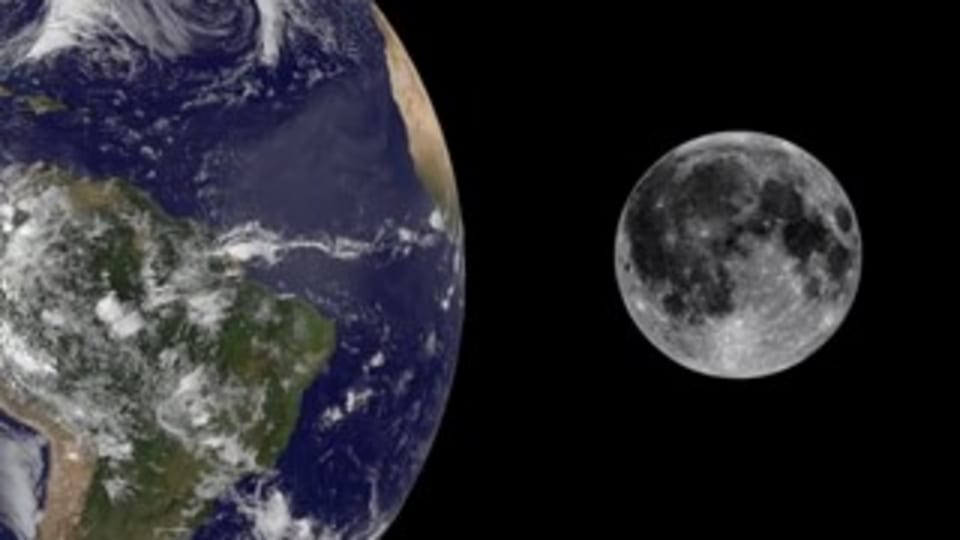
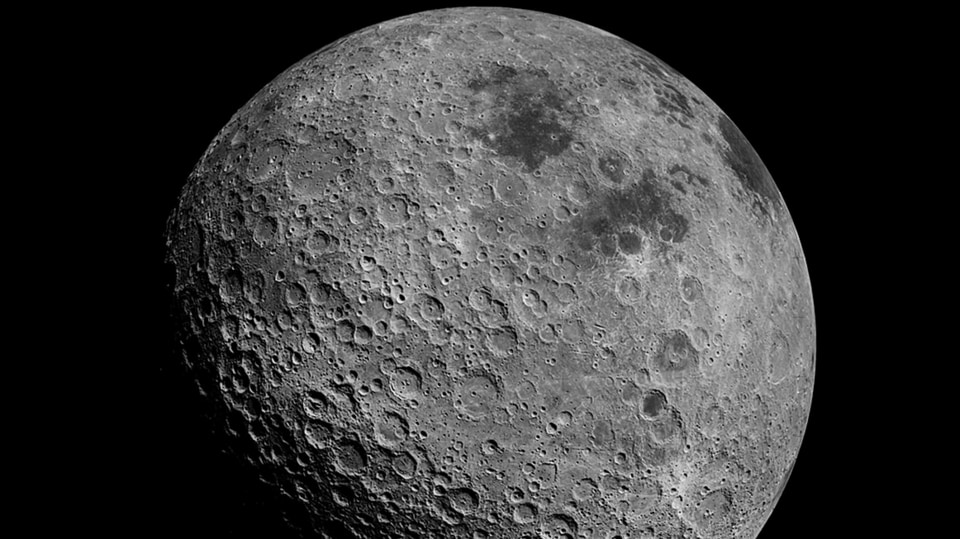
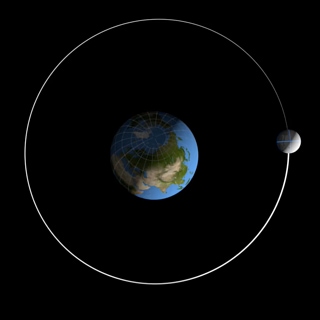
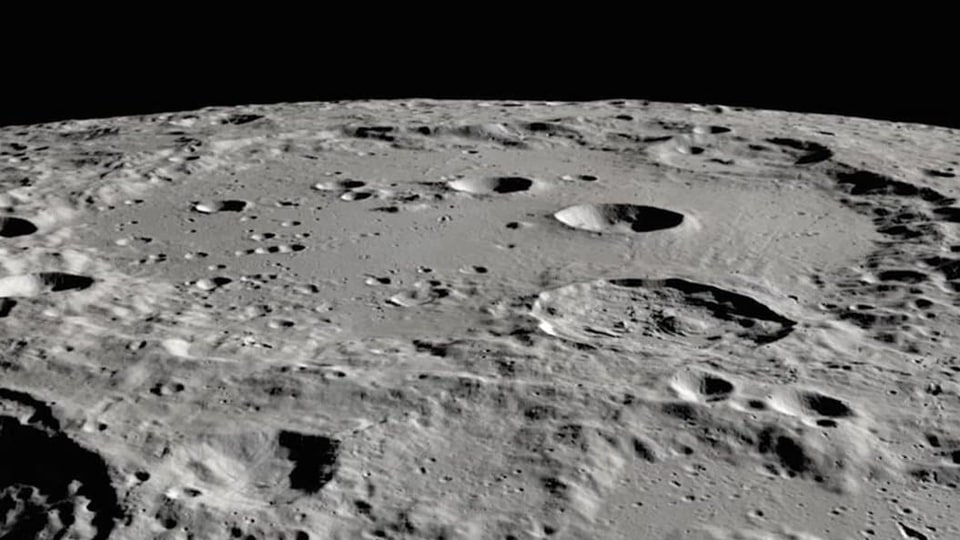
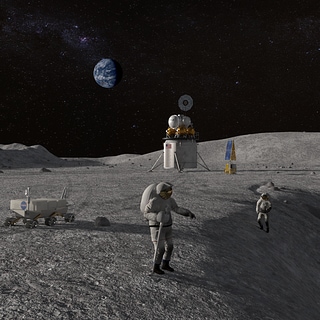
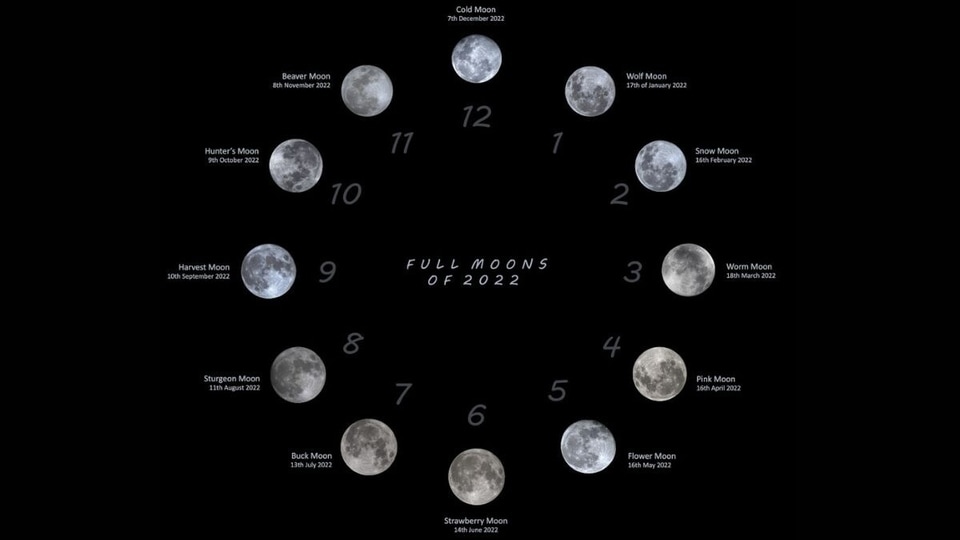
 View all Images
View all ImagesToday the planet will witness this year's first full Moon, which is also known as Wolf Moon. The Moon has long been one of the most central pieces of the studies related to Earth. Its presence influences various phenomena on the planet, such as tides. The full Moon is important for many, whether due to religious and cultural reasons or purely scientific reasons (such as checking for high tides). Even besides that, the full Moon in itself is a spectacular sight that brims the heart with joy when you take a look at it in all its glory. And here, we have the various avatars of the moon.
According to NASA, the Moon may appear to glow red sometimes. Other times, the Moon may appear larger than usual in our night sky. The Moon itself is not changing colors or sizes. Its changes in appearance are usually due to its position in relation to the Sun and Earth.
NASA's Astronomy Picture of the Day is a mesmerizing snapshot of the Moon in all its forms which the planet bore witness in 2022 presented like a clock. This “Moon O'Clock 2022” was captured by Niveth Kumar using a Sony A6400/A7IV camera with the Sony 100-400mm lens.
NASA's explanation of the picture
The first Full Moon of 2023 is in the sky tonight opposite the Sun at 23:08 UTC. Big and beautiful, the Moon at its brightest phase should be easy to spot. Still, for quick reference images captured near the times of all the full moons of 2022 are arranged in this dedicated astro-imaging project from Sri Lanka, planet Earth. The day, month, and a traditional popular name for 2022's twelve full moons are given in the chart. The apparent size of each full moon depends on how close the full lunar phase is to perigee or apogee, the closest or farthest point in the Moon's elliptical orbit.
Like the 2022 Wolf Moon at the 1 o'clock position, tonight's Full Moon occurs within about two days of apogee. But unlike in 2022, the year 2023 will have 13 full moons that won't all fit nicely on the twelve-hour clock.
Catch all the Latest Tech News, Mobile News, Laptop News, Gaming news, Wearables News , How To News, also keep up with us on Whatsapp channel,Twitter, Facebook, Google News, and Instagram. For our latest videos, subscribe to our YouTube channel.
































